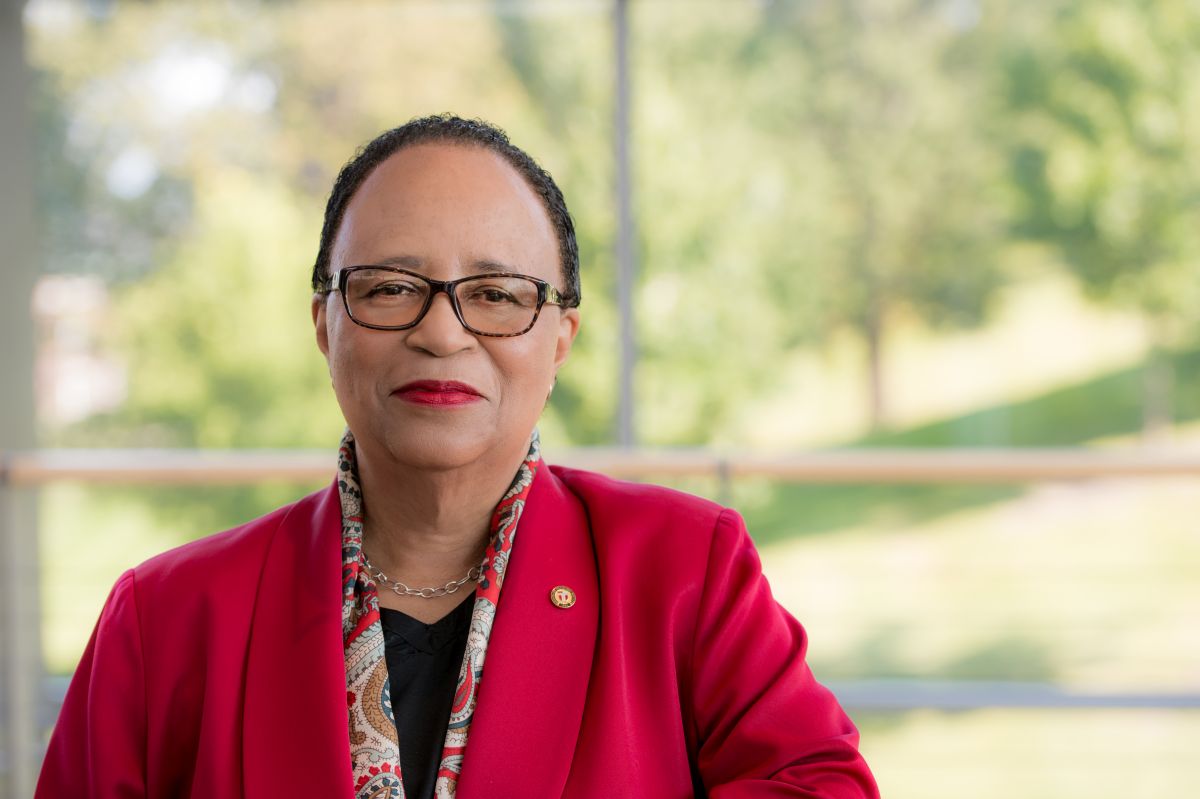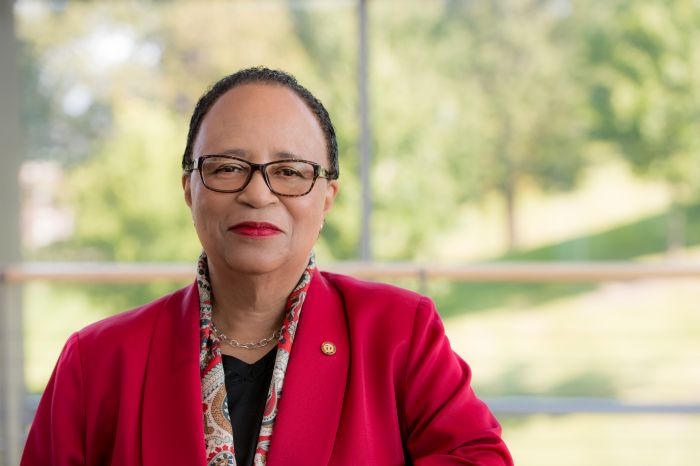
The world does not move without Black creativity. But what about Black technology? The first Black History Month was held at Kent State University in 1970, yet in the 52 years that followed, countless Black leaders and innovators in tech have remain overlooked. For years, we were taught how George Washington Carver discovered the many uses of peanuts, though rarely are we schooled about his broader innovations in agriculture, and how his patents revolutionized the industry.
Sure, we have films like Hidden Figures that document the story of Katherine Johnson, Dorothy Vaughan and Mary Jackson, three brilliant African American mathematicians who served at NASA during the early years of the space program. But there is so much more to celebrate and recognize, especially in the STEM fields.
In honor of Black History Month (or Black Future Month as Kanye West and others have reframed it) we would like to recognize seven African American innovators who have made important scientific contributions impacting our tech lifestyle.
Dr. Shirley Ann Jackson
Any time your phone rings, you expect to see a name—or at least a number—to identify the caller. Before mobile phones (who remembers?) we relied on Caller ID to let us know who was on the other line.
Caller ID came in part thanks to Dr. Shirley Ann Jackson, a scientist at Bell Laboratories. Her advanced telecommunications development influenced the creation of several technologies, including Caller ID, call waiting, touch tone phones, portable fax machines, and telephony over fiber optic cable.

Photo courtesy of Rensselaer/Mark McCarty
She was also the first African American to earn a Ph.D. from MIT, where she specialized in Physics. She was also the first African American woman appointed chair of the U.S. Nuclear Regulatory Commission. Today, Dr. Jackson is the President of Rensselaer Polytechnic Institute and serves as director for IBM, FedEx, and other notable corporations.
Dr. Mark E. Dean
One of the most prophetic pioneers in tech is Dr. Mark E. Dean, a Silicon Valley legend who essentially predicted the future of computing as we know it. He joined IBM in the 1980s and was the first African American honored as an IBM Fellow.
He holds three of the original nine IBM patents. One of his co-creations is the revolutionary IBM PC 5150 and the ISA bus for connecting computer peripherals. He is also the co-inventor of the IBM PC color monitor, and a designer of the first CPU to reach gigahertz frequency. Today, Dr. Dean is a professor at the University of Tennessee-Knoxville.
Marie Van Brittan Brown
Marie Van Brittan Brown, a nurse from Jamaica, Queens, N.Y. who, upon noticing an increase in crime in her neighborhood and lack of timely response from local police authorities, created a closed-circuit-television security system that is the predecessor to many of today’s modern surveillance systems.
She and her husband Albert Brown, an electrician, filed a patent in 1969 which is cited in over 32 subsequent patent applications. Brown’s system included a moveable front-door camera, two-way microphone, a remote switch to unlock the door and allow people in or an alert button to signal a nearby security firm if needed. She was recognized by the New York Times and also received an award from the National Scientists Committee for her work.
Dr. Frank S. Greene, Jr.

Photo courtesy of Purdue University
Dr. Frank S. Greene, Jr. is one of the most notable names of our time and considered one of the first Black technologists and pioneers in semiconductor technology.
Semiconductors, which comprise of the CPUs and memory computer chips that power our beloved custom PCs, also power an increasing number of items we use in our day-to-day lives—smartphones, televisions, washing machines, refrigerators, LED bulbs, and more.
Dr. Greene was inducted into the Silicon Valley Engineering Hall of Fame in 1991. He went on to start two software firms before founding New Vista Capital in 1993, which has provided the resources to launch numerous start-ups by women and minority entrepreneurs.
Lisa Gelobter
GIFs have become their own language nowadays. For this you can thank Lisa Gelobter, a Jewish and Caribbean-American computer scientist involved in the development of Shockwave and the invention of the web-based video technology that formed the birth of web animation.
This technology also powered major platforms such as Flash, Brightcove, Joost, and Hulu. Gelobter went on to work with renowned organizations such as BET (Black Entertainment Television) and landed a job at the White House. Her own platform, tEQuitable, tackles workplace bias, harassment and discrimination. She graduated from Brown University and is the Chief Digital Service Officer for the United States Department of Education.
Dr. James E. West
If you’re a streamer, vlogger, content creator or just love a good IG Live, you are probably using a technology co-invented by Dr. James E. West.
Foil-type electret technology is used in more than 90% of today’s microphones, including those in your beloved smartphone or camera. The Temple University graduate holds over 250 patents to his name and is the recipient of the National Medal of Technology and Innovation, as well as The Franklin Institute’s Benjamin Franklin Medal in Electrical Engineering.

Image credit: Ellington S. West
He was inducted to the National Inventors Hall of Fame in 1999 and is still an active inventor and advocate for diversity in the sciences at the tender age of 91.
Valerie L. Thomas

Her imaging technology is found everywhere from your living room to the NASA control room
With the rise of VR, it’s hard to imagine a time before the advent of 3D technology. Valerie Thomas, a physicist, inventor and NASA analyst, began researching and experimenting with the idea of an illusion transmitter back in 1977 that essentially projected the appearance of a 3D image using concave mirrors and light rays.
She patented this technology in 1980, and it’s still used by NASA to this day. The Landsat program which she managed has produced millions of images of Earth. Her extraordinary invention became the premise for today’s advanced TV screens and modern 3D technology, including 3D films and gaming.
Final thoughts
These are just a few of the notable African Americans in tech who have made substantial and lasting contributions to our lifestyle. This is by no means an exhaustive list.
There was also Jerry Lawson who was involved in the development of the first cartridge-based video gaming system (long before Nintendo and Sega Genesis) or Marian Croake whose early innovations in Voice over Internet Protocol (VoIP) influenced platforms such as Skype and Google Voice. This month and beyond, we encourage you to continue honoring and celebrating the legendary and diverse pioneers that helped shape the digital world we live in today.
For all things tech, think Newegg


